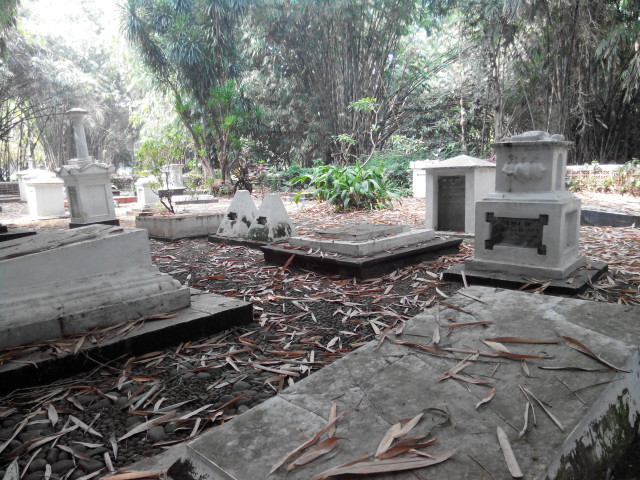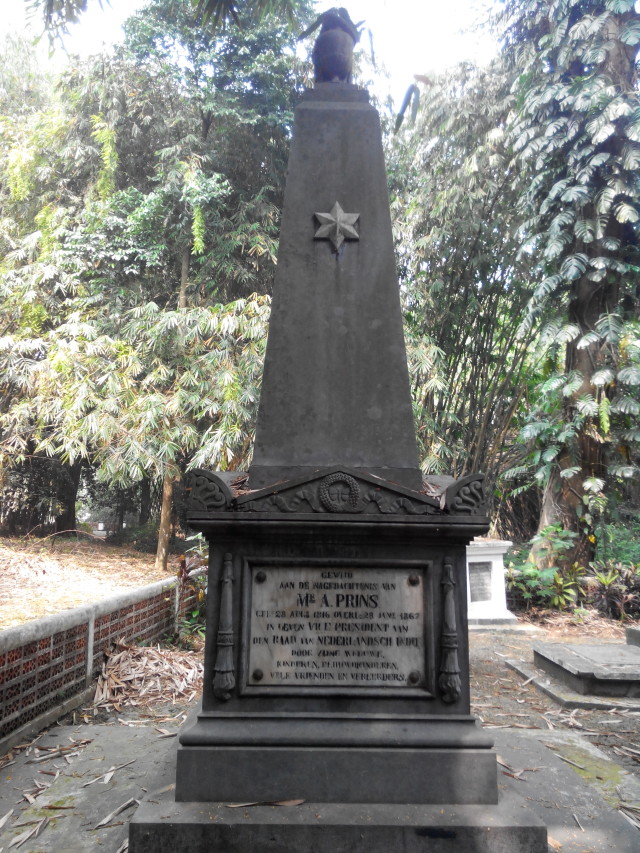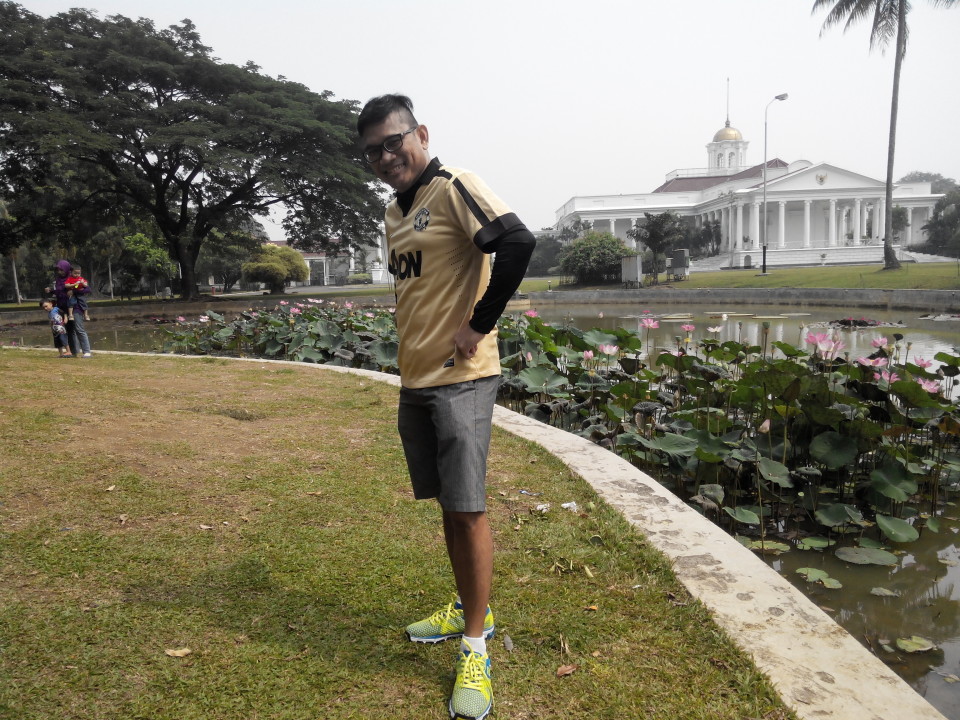Bogor Dutch Cemetery and Dark Tourism
Cemetery has its own appeal for tourists. Historical background, religion, culture and beautiful panorama make funeral frequented by visitors. Whether funeral has tourism potential? Cemetery as a tourist attraction, offering important thing for tourists. They can emulate those past stories; learn to respect their merits and preserving a tradition. Even it feels mystical, spooky, and believed many spirits existence, the cemetery is one of the places that can actually bring in tourists.
Stone (2005) states that „dark“ tourism involves visits to sites, attractions and exhibitions which as the main or one of the main themes have real or animated scenes of death, suffering, or in an appropriate manner displayed massacres. Death, accident, and filth in the form of tourism are becoming increasingly
important feature in the region of contemporary tourism. „Dark“ tourism involves tourists who visit the sites of previous wars and battles, which were revived at the scene of previous violence, and their tour guides cite the examples of heroism, tragedy and personal suffering (Genov, 2008, p. 169).
Tarlow (2005) points out that there are four basic emotions which interact on a dark tourist’s psychological state. These are:insecurity, gratitude, humility and superiority
. Visiting a „dark“ attraction can raise multiple feelings as well as dark tourism can be seen in various
ways. Feelings of romanticism can be aroused from visiting a battlefield, where the visitor can imagine fighting for a specific cause in different historical periods.
There are also cemeteries as sites of „dark“ tourism destination. Perhaps the most famous cemetery as a „dark“ tourism site is a cemetery in Paris, Pierre Lashais with almost two million visitors a year. Association of Significant Cemeteries in Europe (ASCE) stresses that the cemetery remains a significant
cultural heritage. People visit cemeteries primarily because of the respect and remembrance of loved lost ones, but also to study local history.
My trip to Bogor botanical garden on October 17, 2005 has brought me to idea to develop dark tourism to Botanical garden.



The Dutch Cemetery
This old cemetery has existed long before the Bogor Botanical Garden was founded in 1817 by CGC Reinwardt. In the Netherlands tomb complex exists 42 graves, 38 of whom have identity while remaining anonymous, while the age of the tomb about 230 years alias already exists in 1784. The tomb belonged to Potmans Cornelis, an administrator drugstore Dutch nationality.
The youngest is the tomb of Dr. AJGH Kostermans, a Dutch Botany expert , because of his love to Indonesia and Bogor Botanical Gardens made him change his nationality into Indonesia. He died in 1994 and according to his will he was buried in his beloved Botanical Gardens neighborhood.
In addition to the oldest and the youngest, there is a tomb that holds a unique story. The tomb is reserved 2 people. Yes, two. His name is Heinrich Kuhl and J.C. Van Hasselt, two young biologists sent to Bogor to study the diversity of species of flora and fauna.
The bodies of two men were buried in a single grave. Although they did not die in the same year, Kuhl died in 1821 were Hasselt two years later, the bond of friendship they carried to the end.
We also can find the grave of DJ. de Eerens, a General Governor of Netherlands who lived in 1781-1840., and many others.
The demand for tours package of mass tourism and modern is over saturated we need to open up new market niches. „Dark tourism market is diverse, and while some economies are unable to separate investment funds for this type of tourism. May this opportunity can be caught by local government

